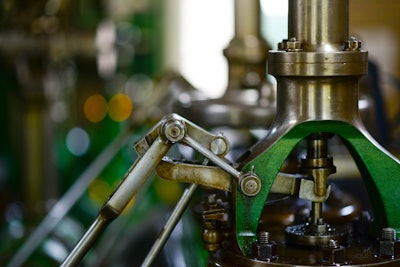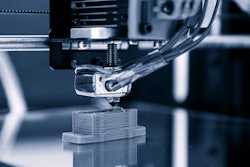
Most people have heard about 3D-printing and its industrial application: additive manufacturing (AM). The mainstream media has occasionally highlighted the technology’s more off-the-wall and outlandish applications, but in the industrial world, AM is impacting companies several sectors. This affects those companies’ supply chain as well. Indeed, within the supply chain itself, the efficiency-enhancing benefits of AM can deliver many quantifiable advantages for supply chain managers. Each advantage, from simplifying processes, through reducing bottlenecks to ultimately decreasing costs is a column in and of itself, but here I’ll just give a taste of the technology’s timely relevance for supply chain managers.
Current geo-political trends are very much in sync with AM — especially when talking about cross border trade and governments’ efforts to increase local manufacturing. Physical parts held up in transit are a threat for just-in-time production and local manufacturers.
AM can reduce these threats through its ability to produce parts on demand and locally. In addition, complex geometries can be produced using the technology meaning that an assembly of several parts is produced at once. Producing an assembly all at once involves the procurement of a single raw material rather than procuring multiple parts and then assembling them. This is a natural ability of AM since it has virtually no geometric restrictions, unlike other manufacturing techniques. GE, for example, has used the technology in their newest TurboProp engine. In this engine they replaced over 850 metal parts with just 12 3D-printed complex parts.
Clearly, any delay in receiving a part presents an immediate bottleneck around production of a product that includes this part impacting manufacturing and delivery schedules. Cutting down the number of suppliers reduces this risk. Meanwhile, the procurement department is happy with that shorter list of suppliers. This is very clear when the parts are highly specialized (like in an engine) but also applies to simpler products.
The assembly replacement ability of AM is just one of the technology’s many advantages – these advantages enhance or compound each other. In a follow-up column I’ll highlight probably its most important advantage – enabling virtual inventories and handling of digital rather than physical assets. With AM you can 3D print parts when and where required on demand, significantly saving on physical inventory and logistics.
Additive manufacturing’s ability to simplify the supply chain through the production of complex parts is good news for managers that are eager to increase efficiencies and reduce hold-ups.


















